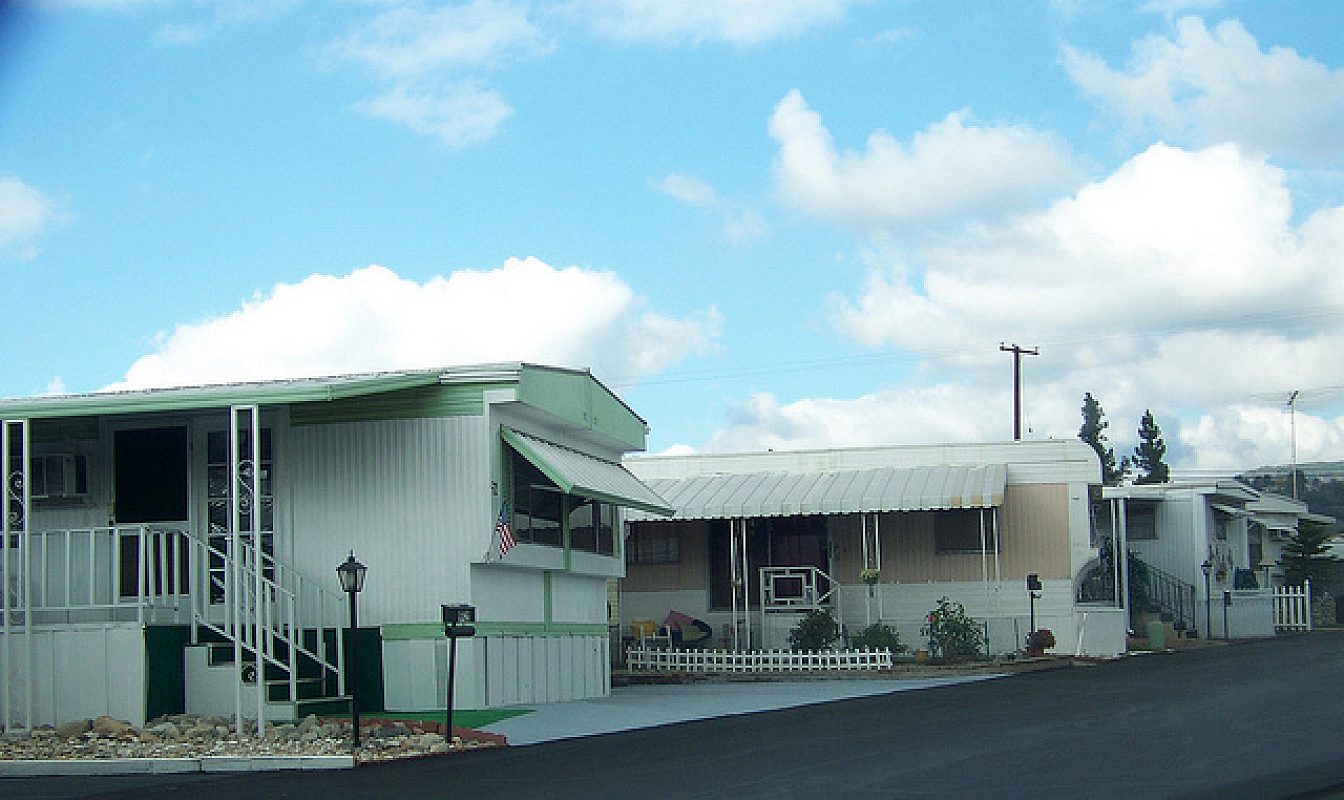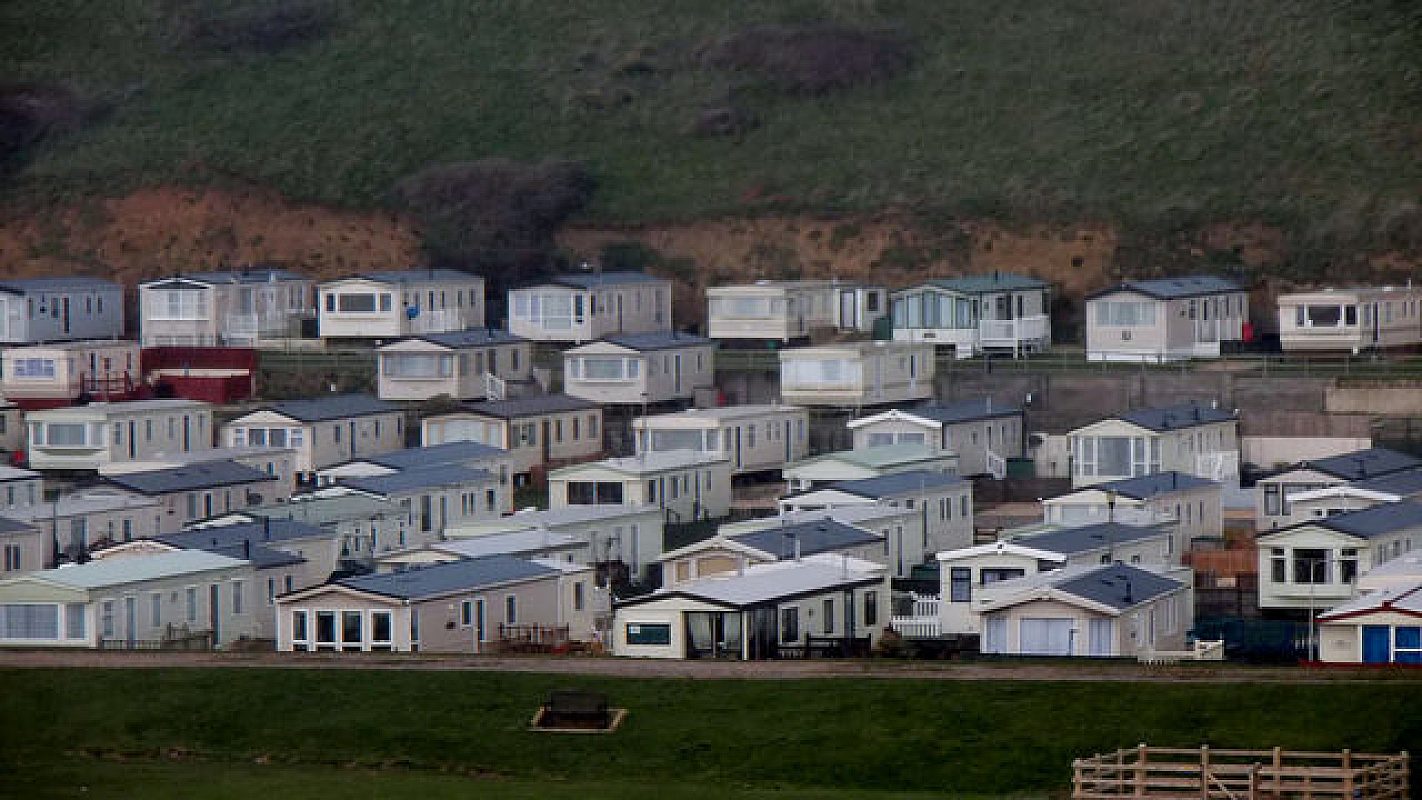The Trailer: Affordability and Health
The Trailer: Affordability and Health
A relatively underrepresented housing typology that fulfills the affordability criteria is the trailer or the manufactured home.
Trailer homes are the largest source of non subsidized affordable housing in the United States. Seventy percent of homes priced under $125, 000 are manufactured homes, more commonly known as “trailer” homes or “mobile” homes. [1] These kinds of structures can be designed mobile or fixed, they are factory built and are affordable to low income populations. The average sales price of a manufactured home in 2013 was $64 000 according to the Census Bureau; $43 per square foot compared with $93 per square foot for site built homes. The trailer, arguably an artifact that is quintessentially American, represents a contradictory and complex built form in the American imaginary. Trailer homes, long tainted by an image of poverty and destitution, evoking an image of life on the outskirts, at the edges of civilization, are now becoming recognized as a long overlooked yet noteworthy affordable housing option. At the same time, such a dwelling also embodies the American ethos of freedom and mobility, a home on a vast expanse of land. Though a romanticized conception, manufactured homes offer a unique entry point into homeownership for those typically excluded from this segment of the population.
Manufactured homes offer a unique entry point into homeownership for those typically excluded from this segment of the population.
There are 8.5 million trailer homes in the U.S., housing approximately 20 million people. At the same time, the federal government provides about $50 billion annually in housing assistance specifically designated for low-income households, reaching 9.8 million people. Such figures alone indicate that there is a real opportunity in this typology of housing to provide access to housing to those who need it. [2] Currently, only 1 in 4 households eligible for assistance are actually assisted. [3]
Initially, made for travel and vacationing, the purpose and the meaning of the trailer shifted with the Great Depression. The trailer become a home to many. Often found parked at the edges of cities, trailers became associated with the stigma of poverty and working class people. This in part was the result of institutionalised discrimination, in place through the denial of federally-backed mortgages and zoning laws that forced these communities to the very outskirts of towns and cities.

Some of this tie to poverty that is embedded in this history of the trailer home remains present today. Comparing the top 10 mobile home states with the 10 most deprived states suggests a loose correlation. Eight states, all southern, appear on both lists. [4]
Yet, as housing practitioners, designers and policy leaders are coming to recognize, manufactured housing may in fact be the solution to America’s affordable housing crisis. The housing structure itself is significantly cheaper. A new manufactured home costs around $43 per square foot; site-built homes cost $93 per square foot. [5]
Moreover, in addition to the affordability component, sustainability is a critical factor in favor of the manufactured home. There less waste is created in the production process, labor costs are lower and labor conditions are safer. Increasingly, innovative manufacturers and entrepreneurs are building state-of-the-art manufactured homes that feature unique designs, energy-saving products, environmentally preferable materials which also ensure healthy indoor air quality, water-saving fixtures, Energy Star appliances, abundant daylight, and/or solar panels. Energy efficient homes require less energy for lighting, heating, cooling, and running appliances, making them more affordable on a lifecycle basis. [6]
Sustainability is a critical factor in favor of the manufactured home.
The biggest current shortcoming of this housing typology is the high price of loans. Manufactured homes are considered personal property and are therefore more expensive and riskier than typical homeowner loans. In addition, interest rates on loans for manufactured homes can be twice as high as for site-built homes. Further, about 68 percent of all manufactured-housing purchase loans can be defined as “higher-priced mortgage loan,” which are traditionally identified as loans that could be considered subprime.
Another factor is long term security. Homeowners of manufactured homes do not always own the land on which their home is located. Yet, this can be achieved through innovative means including collective purchase of land as a cooperative, land trust or non-profit. Such resident-owned communities allow residents to have control of their community, acquire long-term site commitments, and transform their homes into real assets. As such, there are structures that can be leveraged to ensure control and independence for residents.
Yet, manufactured housing parks are increasingly under threat. No new parks have been built since 1991, and 10 parks have closed since then. Further, park closures disproportionately affect households of color [7].

An illustration of the current hardships faced by residents’ of manufactured homes is the case of Lowry Grove in St. Anthony, Minnesota.This past spring, residents of Lowry Grove were notified that the park would be sold and redeveloped. A third of the park’s residents are Latino, and the park is located in the St. Anthony-New Brighton school district, which has one of the best high schools in the state. Aeon, a local Minneapolis based non profit affordable housing developer that assists people finding and maintaining affordable housing decided to intervene on behalf of the current residents. Aeon worked with MSR Architects to conduct an analysis of the property and determined that they could redevelop the site to help keep the current residents in their homes and add new affordable housing apartments and townhomes to add density to the site. Despite a lawsuit over the violation of a 1991 state law giving manufactured-home owners the first right of refusal to buy the land and a long battle to remain in place, the judge made a final ruling in September 2016, ruling in favor of the property’s new owner who plans to redevelop the site. St. Anthony’s current homeowners cannot undo the sale of their park and the current tenants have been asked to leave.
Alan Arthur, President of Aeon said in a Sept. 23 phone interview. “It’s sad that somehow our community values people’s lives less than it does somebody else’s bottom line.” and “I expect that if we see there’s a chance to save the homes of 150 to 200 people, we’re gonna stay in this.” [8]
We maintain that the ongoing conversation about the critical national demand for affordable housing needs to become more expansive. The definition of affordability should be expanded to allow for new housing typologies to be included in affordable housing. Every single county in America faces an affordable housing crisis. Perhaps the “trailer” can push us to radically rethink how we talk about affordability and pull us towards achieving housing for all.
References:
[1] Manufactured Housing: An Industry Overview, US Census, Manufactured Housing Institute, 2012
[2] Congressional Budget Office, FEDERAL HOUSING ASSISTANCE FOR LOW-INCOME HOUSEHOLDS SEPTEMBER 2015
[3] HOUSING SPOTLIGHT National Low Income Housing Coalition Volume 2, Issue 2 | November 2012
[4] Tom Geoghegan, Why do so many Americans live in mobile homes? BBC
[5] Alana Semuels, The Case for Trailer Parks, The Atlantic
[6] Sustainable and Affordable: New Options in Factory-Built Housing, Environmental and Energy Study Institute, January 19, 2011
[7] Metropolitan Council, MANUFACTURED HOUSING—VERY AFFORDABLE BUT FUTURE UNCERTAIN 6/8/2016
[8] Poole, Jesse. “Judge rules against Lowry Grove residents in favor of new owner” Lillie News.com http://www.bulletin-news.com/articles/2016/09/28/judge-rules-against-lowry-grove-residents-favor-new-owner accessed October 9, 2016
Images:
“chicago- hegewisch” by Flickr user Heather Phillips
“Vintage Mobile Home Park” by Flickr user Tiki Lisa
“Mobile Homes” by Flickr user oatsy40
Join Our Academic Network
Get Access to our carefully researched and curated academic resources, including model syllabi and webinars. An email from an academic institution or a .edu email address is required. If your academic institution does not use .edu email addresses but you would like to join the network, please contact healthymaterialslab@newschool.edu.
Already have an account? Log in